If you’re looking for mysterious, gothic settings in British literature, Northanger Abbey (NA) by Jane Austen and The Secret Garden (TSG) by Frances Hodgson Burnett are interesting novels to compare. While it’s unclear if Burnett was influenced by Austen, but it’s clear she was influenced by the gothic romances of that era. Both authors write in a gothic style, but the story, tone, and message of each are quite different.
In particular, the gothic settings of the ancient British estates in each novel are worth considering.
Nightmarish Northanger
In NA, we hear about the Abbey before Catherine Morland ever sees it. Henry Tilney makes it sound mysterious and horrifying. Once Catherine is invited to visit, she hopes the Abbey will look like this:
[Northanger’s] long, damp passages, its narrow cells and ruined chapel, were to be within her daily reach, and she could not entirely subdue the hope of some traditional legends, some awful memorials of an injured and ill-fated nun.
Northanger Abbey, Jane Austen
In reality, Catherine’s first glimpse of the Abbey goes like this: “To pass between lodges of a modern appearance, to find herself with such ease in the very precincts of the abbey, and driven so rapidly along a smooth, level road of fine gravel, without obstacle, alarm, or solemnity of any kind, struck her as odd and inconsistent.” Once inside, Catherine is actually quite disappointed at how elegant and modern it all looks and continues to look for secrets and legends during her stay.

Mysterious Misselthwaite
In contrast, Mary Lennox’s experience at Misselthwaite Manor would probably be much more to Catherine’s liking. The house is described as “a grand big place in a gloomy way. . . The house is six hundred years old and it’s on the edge of the moor, and there’s near a hundred rooms in it, though most of them’s shut up and locked.” (TSG)
When Mary arrives, she feels more contrary than ever before, after her long drive across the bleak Yorkshire Moors:
They drove out of the vault into a clear space and stopped before an immensely long but low-built house which seemed to ramble round a stone court. At first Mary thought that there were no lights at all in the windows, but as she got out of the carriage she saw that one room in a corner upstairs showed a dull glow. The entrance door was a huge one made of massive, curiously shaped panels of oak studded with big iron nails and bound with great iron bars. It opened into an enormous hall, which was so dimly lighted that the faces in the portraits on the walls and the figures in the suits of armor made Mary feel that she did not want to look at them. As she stood on the stone floor she looked a very small, odd little black figure, and she felt as small and lost and odd as she looked.
The Secret Garden, Frances Hodgson Burnett
Surely, Catherine Morland would have loved to explore Misselthwaite and live in such a mysterious, haunted-looking place. However, while Catherine conjures up possible secrets and mysteries at the Abbey, it’s Mary who finds actual secrets at Misselthwaite: A locked, hidden garden, a rambling house with over a hundred uninhabited rooms, a cousin she’s never met, a hunchback uncle, and several family secrets that have been kept quiet for over a decade.
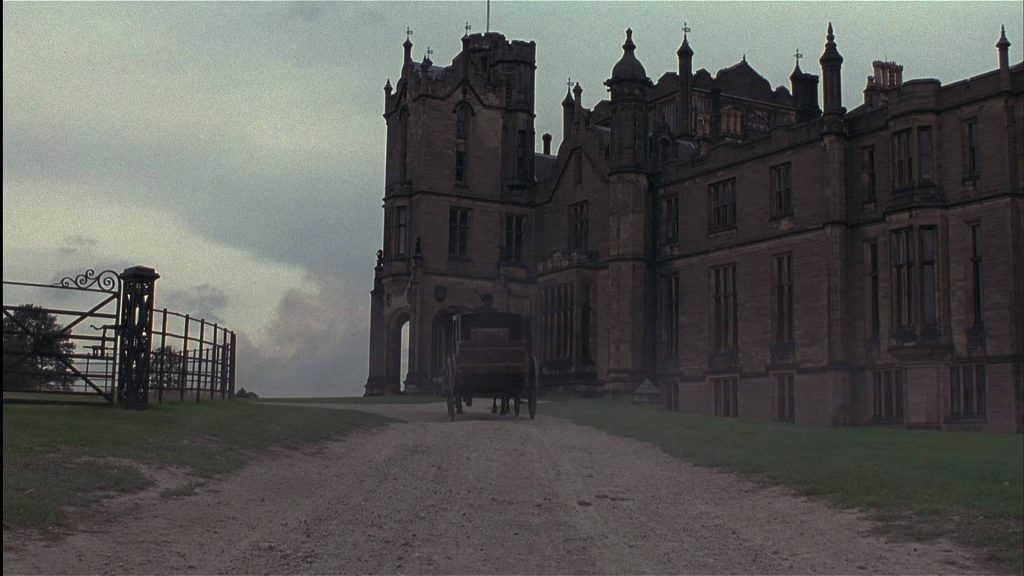
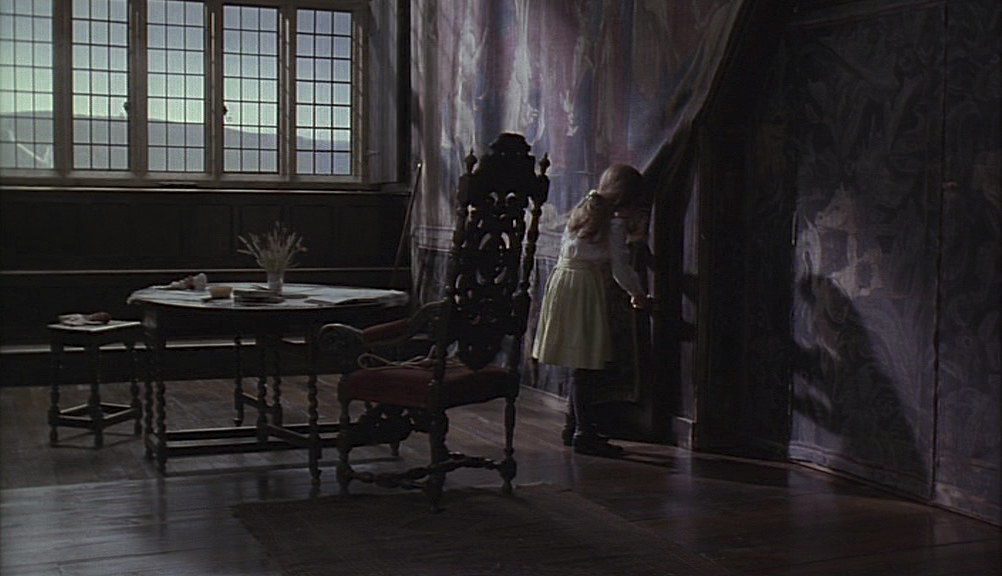
Gothic Imagination
Catherine’s first night at the Abbey looks like this, due to her overactive imagination:
Darkness impenetrable and immovable filled the room. A violent gust of wind, rising with sudden fury, added fresh horror to the moment. Catherine trembled from head to foot. In the pause which succeeded, a sound like receding footsteps and the closing of a distant door struck on her affrighted ear. Human nature could support no more. A cold sweat stood on her forehead, the manuscript fell from her hand, and groping her way to the bed, she jumped hastily in, and sought some suspension of agony by creeping far underneath the clothes.
Northanger Abbey, Jane Austen
In the morning, Catherine realizes that it was all her imagination and is a bit embarrassed and disappointed. She realizes that everything she dreamed up in the middle of the night is actually rather boring and ordinary in the light of day.
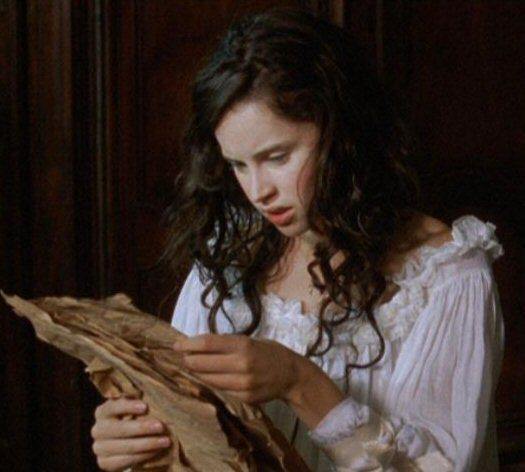
Childlike Curiosity
In contrast, while Mary isn’t looking for secrets, secrets come looking for her. On one of Mary’s first nights at Misselthwaite, something mysterious actually does happen:
“Do you hear anyone crying?” Mary said.
Martha suddenly looked confused.
“No,” she answered. “It’s th’ wind. Sometimes it sounds like as if someone was lost on th’ moor an’ wailin’. It’s got all sorts o’ sounds.”
“But listen,” said Mary. “It’s in the house—down one of those long corridors.”
And at that very moment a door must have been opened somewhere downstairs; for a great rushing draft blew along the passage and the door of the room they sat in was blown open with a crash, and as they both jumped to their feet the light was blown out and the crying sound was swept down the far corridor so that it was to be heard more plainly than ever.
“There!” said Mary. “I told you so! It is someone crying—and it isn’t a grown-up person.”
The Secret Garden, Frances Hodgson Burnett
Mary’s response is not one of fear but of curiosity. Later, as she explores the house on her own several times, she enjoys herself and isn’t one bit frightened to be alone. In fact, she rather enjoys it. And one night, after hearing the sounds of crying again, she walks through the dark corridors by herself and meets her cousin Colin, whom she never knew existed.

Differing Purposes
In both of these novels, we find a similar style of writing, but while Jane Austen pokes fun at gothic romance literature of the time period wherein her heroine frightens herself silly, Frances Hodgson Burnett creates a wonderfully mysterious world for Mary that isn’t actually scary at all.
Northanger and Misselthwaite each have the potential for scandal, mystery, and horror, but both are, in reality, country manors where families live out their daily dramas just like everyone else. The similarity of each is that there is more to each home than meets the eye. However, if I could choose one house to explore, I would visit Misselthwaite over Northanger any day!
It would be fun to compare the family histories of General Tilney and the Tilney family with Mr. Craven and the Craven family history, don’t you think? What similarities do you see?
Grace and peace,
Rachel xx
RACHEL DODGE teaches college English classes, gives talks at libraries, teas, and book clubs, and writes for Jane Austen’s World blog. She is the bestselling author of The Anne of Green Gables Devotional, The Little Women Devotional, and Praying with Jane: 31 Days Through the Prayers of Jane Austen. Now Available: The Secret Garden Devotional!
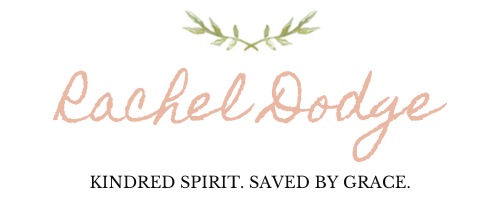

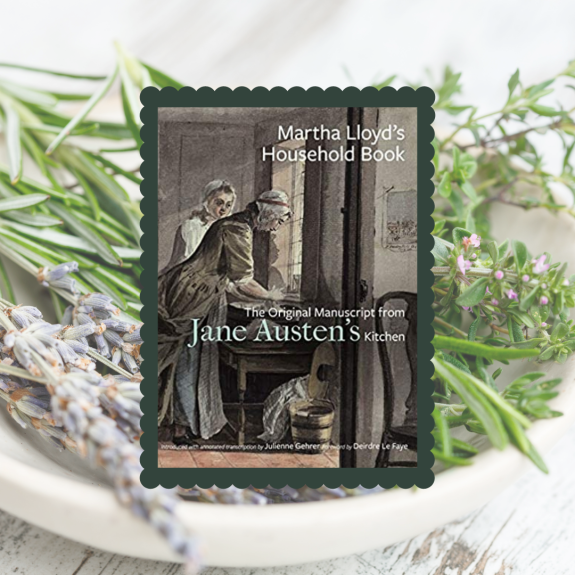
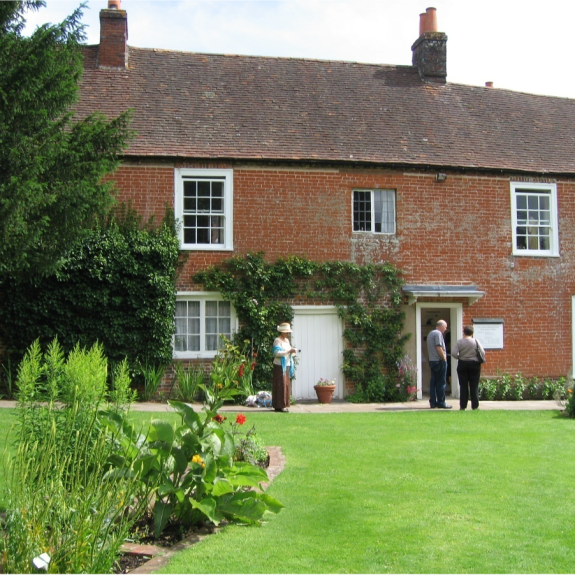
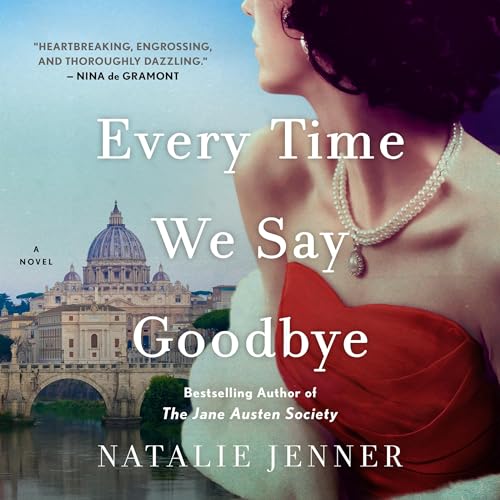
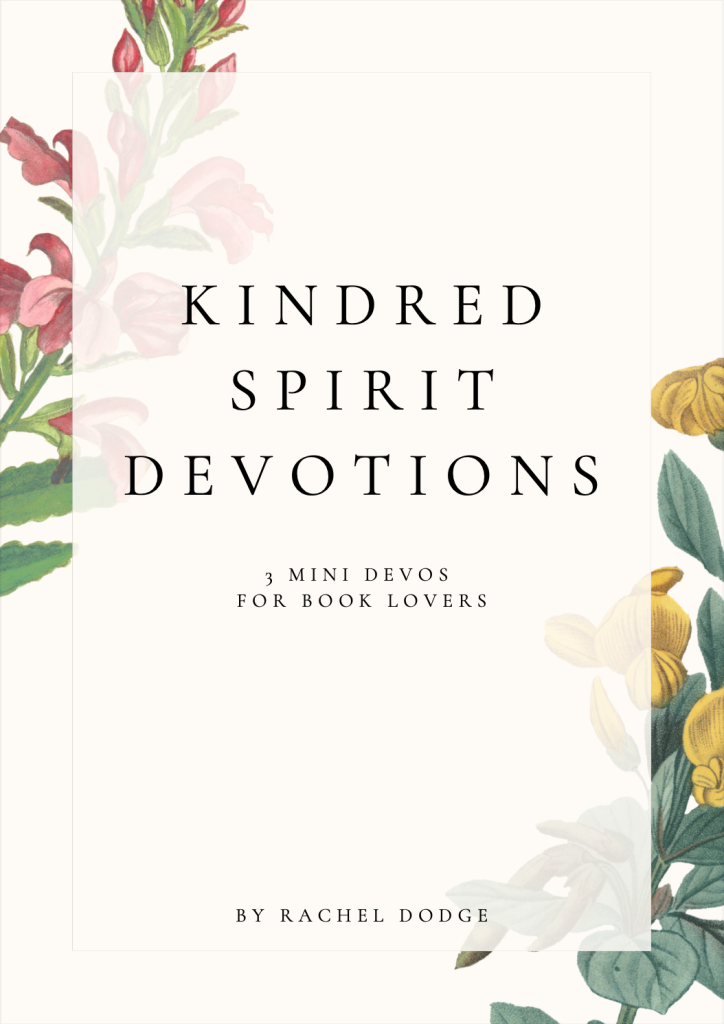

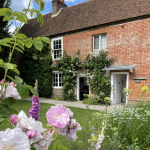


Leslie A Stem
February 17, 2023 at 5:13 pmThese are two of my favorite novels yet I never thought to compare them! Very insightful.